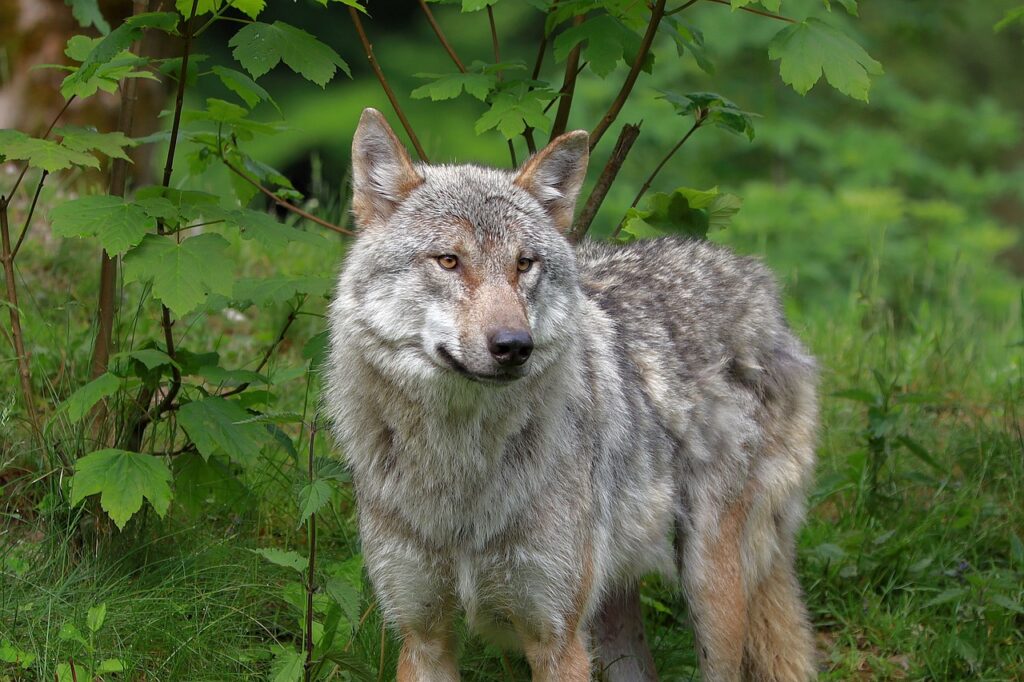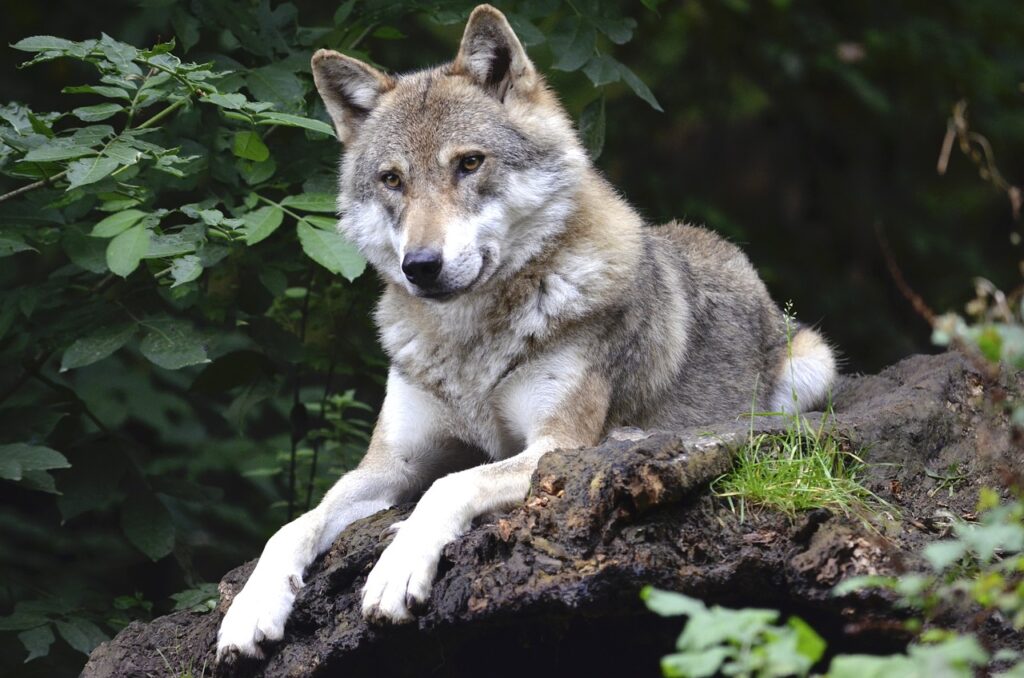Explore the mysteries of wolves, their symbolism, pack dynamics, and fascinating role in myths, history, and the natural world.

Wolves have long captivated the human imagination. From ancient myths to modern literature, these majestic creatures are surrounded by an air of mystery and wonder. But what makes wolves so special? What do they symbolize, and how do they compare to their mythical and prehistoric counterparts? This article dives deep into the mysteries of wolves, exploring their symbolism, behaviors, and cultural significance.
What Makes Wolves Special?
Wolves are extraordinary animals with unique traits that set them apart from other creatures in the wild. Here are some fascinating aspects of wolves:
- Pack Mentality: Wolves are highly social animals that live and hunt in packs. This structure enables them to take down prey much larger than themselves, showcasing teamwork and strategy.
- Communication Skills: Wolves communicate through howls, body language, and scent marking. Each howl serves a specific purpose, such as rallying the pack or marking territory.
- Incredible Endurance: Wolves are built for stamina, capable of covering up to 50 miles in a single day while hunting or patrolling their territory.
- Adaptability: From dense forests to icy tundras, wolves thrive in diverse environments, making them one of the most adaptable predators in the animal kingdom.

What Does a Wolf Symbolize?
Throughout history, wolves have held significant symbolism across cultures:
- Strength and Loyalty: In Native American traditions, wolves symbolize strength, loyalty, and family bonds due to their pack-oriented nature.
- Freedom and Wilderness: Wolves are often seen as a symbol of untamed nature and freedom, representing the wild spirit of the wilderness.
- Duality: In many myths, wolves embody duality—both protectors and threats. For example, in Norse mythology, Fenrir is a monstrous wolf prophesied to bring chaos during Ragnarok.
- Transformation: Wolves often appear in folklore as shape-shifters or guides in spiritual journeys, reflecting their mysterious and transformative nature.
Wolves in Literature and Media
Wolves have inspired countless stories and characters, blending reality with myth:
A to Z Mysteries: The White Wolf
In A to Z Mysteries: The White Wolf, the wolf becomes a central figure, embodying intrigue and adventure. This story highlights the mystical allure wolves hold in the minds of both children and adults.
In the Company of Wolves
The phrase “What does the wolf symbolize in The Company of Wolves?” reveals the deep layers of meaning behind this creature in the classic tale. Wolves in this context often represent danger, seduction, and transformation, challenging readers to confront their fears and desires.
Wolf by Wolf Summary
Wolf by Wolf reimagines the wolf as a symbol of resilience and survival in a dystopian world. This thrilling tale blends historical fiction with fantasy, further cementing the wolf’s place in storytelling.
Lord of the Mysteries: Demonic Wolf
In Lord of the Mysteries, the demonic wolf represents chaos and primal instincts, drawing a stark contrast to the disciplined and logical human world. This portrayal highlights the untamed and unpredictable nature of wolves.

The Mystery of Wolves in Myth and History
Mysterious Wolf Lands
From the Siberian tundra to the forests of North America, wolves inhabit some of the most remote and mysterious places on Earth. These “wolf lands” are often steeped in folklore, with local legends attributing supernatural powers to these animals.
Dire Wolf Compared to Normal Wolf
The dire wolf, an extinct species, was larger and more robust than the modern wolf. Fossil records suggest dire wolves hunted in packs like today’s wolves, but they were less adaptable, contributing to their extinction. Comparing the dire wolf to the normal wolf provides a glimpse into how these animals have evolved over millennia.
Common Questions About Wolves
Is a Wolf Dog a Wolf?
Wolf dogs are hybrids, bred from domestic dogs and wolves. While they may resemble wolves in appearance, their behaviors can vary widely. Owning a wolf dog requires extensive knowledge and training due to their unique needs and instincts.
Is a Wolf an Evil Animal?
Wolves are often misunderstood as evil due to their portrayal in folklore and fairy tales like Little Red Riding Hood. In reality, wolves are neither good nor evil—they are predators playing a vital role in maintaining ecological balance.

Mysteries About Wolves
Despite extensive research, many mysteries about wolves remain unsolved:
- Howling Behavior: While we know wolves howl to communicate, the exact nuances of their vocalizations are still being studied.
- Pack Dynamics: The intricate social hierarchies within wolf packs are complex and vary depending on environmental factors.
- Survival Tactics: Wolves’ ability to adapt to harsh conditions continues to amaze scientists, offering insights into resilience and survival.
Conclusion: The Enduring Allure of Wolves
Wolves are more than just animals; they are symbols of mystery, strength, and resilience. From their roles in ancient myths to their significance in modern ecosystems, wolves continue to fascinate and inspire us. By exploring their world, we gain a deeper appreciation for these enigmatic creatures and their vital role in nature.